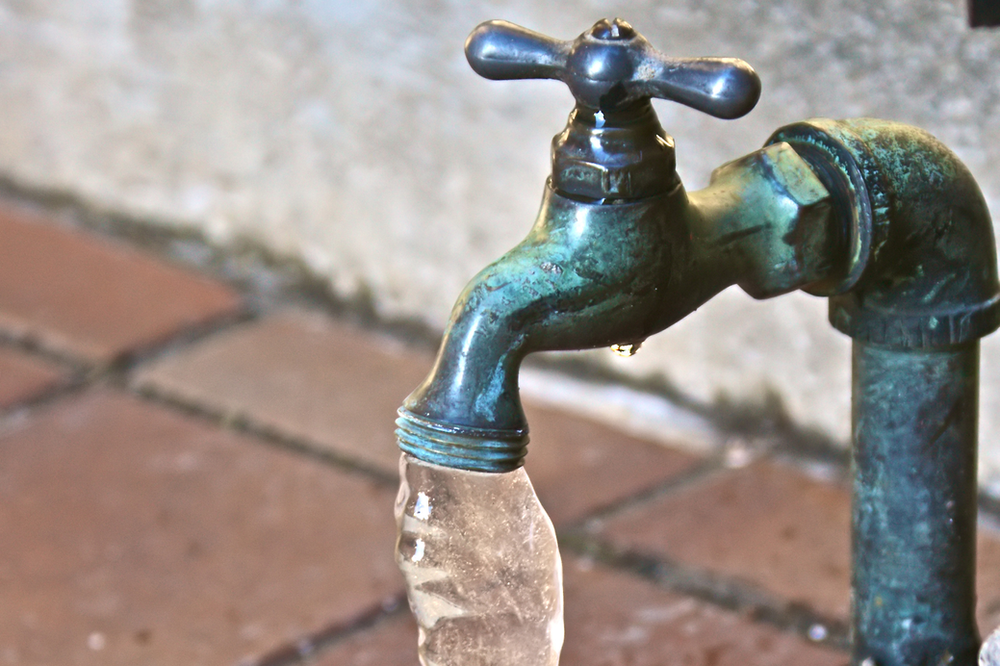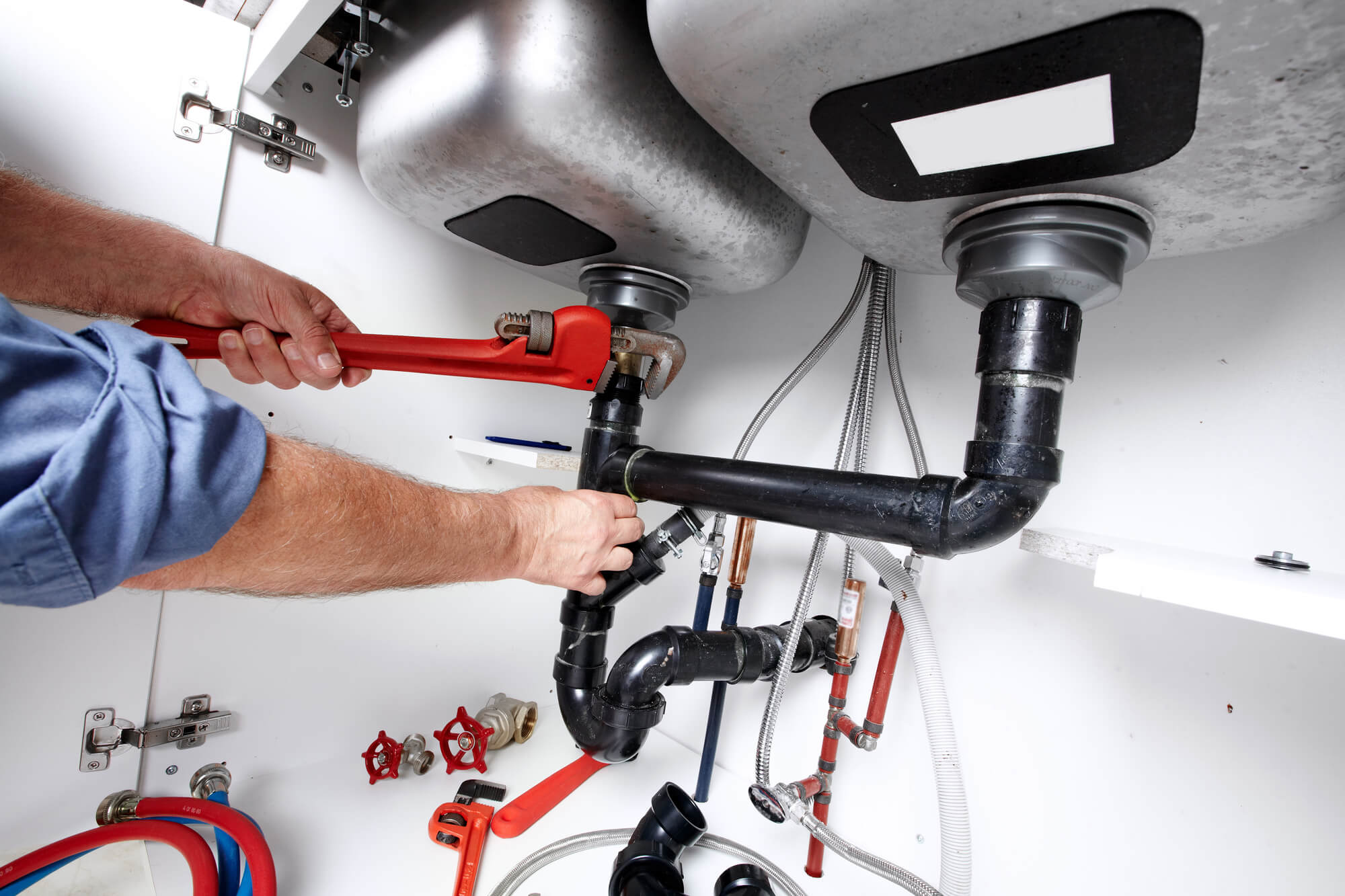Exploring the Essentials of Home Plumbing: A Beginner's Introduction
Schedule Service NowThe author is making a number of good points about What to Know About Plumbing: Basics, Tips, and Insights overall in this article followed below.

Plumbing is an essential element of any type of home, responsible for providing tidy water for drinking, food preparation, and showering, as well as removing wastewater securely. Understanding the basics of home plumbing is important for every homeowner to make certain appropriate upkeep, troubleshooting, and, if required, repair work. In this novice's guide, we'll cover the fundamental concepts of home plumbing to aid you come to be much more aware of just how it functions.
Water Heater
The water heater is accountable for heating water for residential usage, including showering, cooking, and cleaning. Common types of water heaters include tank-type hot water heater, tankless (on-demand) hot water heater, and heatpump hot water heater. The hot water heater is connected to the water system and delivers warm water to plumbing fixtures as needed.
Drainage System
The drainage system removes wastewater from your home and lugs it away to a sewer treatment center or septic tank. It contains a network of pipes, installations, and components that deliver wastewater from plumbing fixtures to the main drain line or sewage-disposal tank. Appropriate drainage is essential to avoid clogs, backups, and sewer leaks.
Ventilation System
The ventilation system aids preserve appropriate air pressure and stop sewer gases from entering your home. Air vent pipelines, likewise called vent stacks, extend from plumbing components to the roofing, enabling sewer gases to get away safely outdoors. Air flow pipes also permit air to go into the drainage system, promoting smooth wastewater circulation and preventing suction or vacuum effects.
Water Supply System
The supply of water system brings tidy water right into your home from a local water source or a personal well. It includes a major water line that connects to your home's plumbing system, typically located underground. A water meter gauges the amount of water eaten, while a shut-off valve permits you to control the circulation of water into your home.
Plumbing Components
Plumbing fixtures are tools that provide water to numerous parts of your home and include sinks, faucets, bathrooms, showers, tubs, and home appliances such as dishwashing machines and cleaning equipments. Each component is connected to the water system by means of pipes and installations and might have its shut-off shutoff for upkeep or emergency situations.
Common Plumbing Devices
Having the right devices accessible is crucial for performing basic plumbing repair services and maintenance jobs. Usual plumbing tools consist of flexible wrenches, monkey wrench, pliers, pipe cutters, hacksaws, plungers, augers (or drain serpents), and Teflon tape. Having these devices easily available can assist you take on minor plumbing issues efficiently.
Fundamental Plumbing Repairs
While some plumbing fixings might need expert support, lots of typical concerns can be attended to with fundamental DIY techniques. Knowing exactly how to fix a dripping faucet, unblock a drainpipe, change a bathroom flapper, or fix a dripping showerhead can conserve you time and money on plumbing fixings.
Conclusion
Recognizing the fundamentals of home plumbing is essential for each house owner to keep a secure, functional, and effective plumbing system. By acquainting yourself with the water supply system, plumbing fixtures, drain system, air flow system, common plumbing tools, and basic fixings, you can confidently resolve small plumbing problems and guarantee your home's plumbing system runs smoothly.
Plumbing for Beginners: A Comprehensive Guide
If you’re a beginner when it comes to plumbing, don’t worry; you’re not alone. Plumbing may seem intimidating, but with the right knowledge and a little practice, you can handle many common plumbing issues on your own. In this comprehensive guide, we will demystify the world of plumbing for beginners, providing you with the basic knowledge and skills needed to tackle common plumbing problems and even take on some DIY plumbing projects.
The Importance of Basic Plumbing Knowledge for Beginners:
First and foremost, basic plumbing knowledge gives you a solid foundation. It helps you grasp the key concepts and terminology that are essential in this field. By learning the basics, you’ll be able to build upon that knowledge and tackle more complex plumbing tasks in the future.
Having a basic understanding of plumbing also enables you to handle common issues that may arise in your home. Picture this: a leaky faucet or a clogged drain. With some basic plumbing knowledge, you’ll have the confidence to troubleshoot and fix these problems on your own. It saves you from unnecessary expenses and the hassle of waiting for a professional to arrive.
As a beginner, learning the basics of plumbing empowers you to take care of your own home. It gives you a sense of independence and self-reliance. You’ll no longer have to rely solely on professionals for every small issue that pops up. Instead, you can handle many tasks yourself, saving time and money in the process.
Remember, everyone starts as a beginner. Embrace the learning process and take small steps to expand your plumbing knowledge. There are plenty of online resources, tutorials, and even local workshops that talk about plumbing for beginners.
Essential Tools for Plumbing for Beginners
As you start your plumbing journey, having the right tools in your toolbox is crucial. Let’s explore some of the must-have tools:
Adjustable Wrench:
This versatile tool is a staple in any plumber’s toolbox. It allows you to tighten or loosen nuts and bolts of various sizes. Make sure to have an adjustable wrench with a comfortable grip.
Pipe Wrench:
A pipe wrench is specifically designed for gripping and turning pipes. It has serrated jaws that provide a strong grip, making it easier to loosen or tighten threaded pipes and fittings.
Plunger:
The plunger is a simple yet effective tool for clearing clogged drains and toilets. It creates suction when you push and pull, helping to dislodge blockages. Keep a good-quality plunger handy for those unexpected clogs.
Pipe Cutter:
When it comes to cutting pipes, a pipe cutter is your go-to tool. It creates clean, precise cuts without damaging the pipe. Look for a pipe cutter that can handle the pipe sizes you’re working with.
Hacksaw:
A hacksaw is useful for cutting through pipes, screws, and other materials. It’s a versatile tool that can handle different cutting tasks. Remember to use a blade suitable for cutting metal.
Tape Measure:
Accurate measurements are crucial in plumbing. A tape measure allows you to measure pipe lengths, distances, and dimensions accurately. Opt for a sturdy tape measure that extends a good length.
Pliers:
Pliers come in handy for various tasks, such as gripping, bending, and cutting. Slip-joint pliers with adjustable jaws are great for gripping pipes, nuts, and bolts.

We had been shown that report on What to Know About Plumbing: Basics, Tips, and Insights through an acquaintance on our other web property. Do you know somebody who is occupied with the topic? Be sure share it. Thank-you for taking the time to read it.
Call